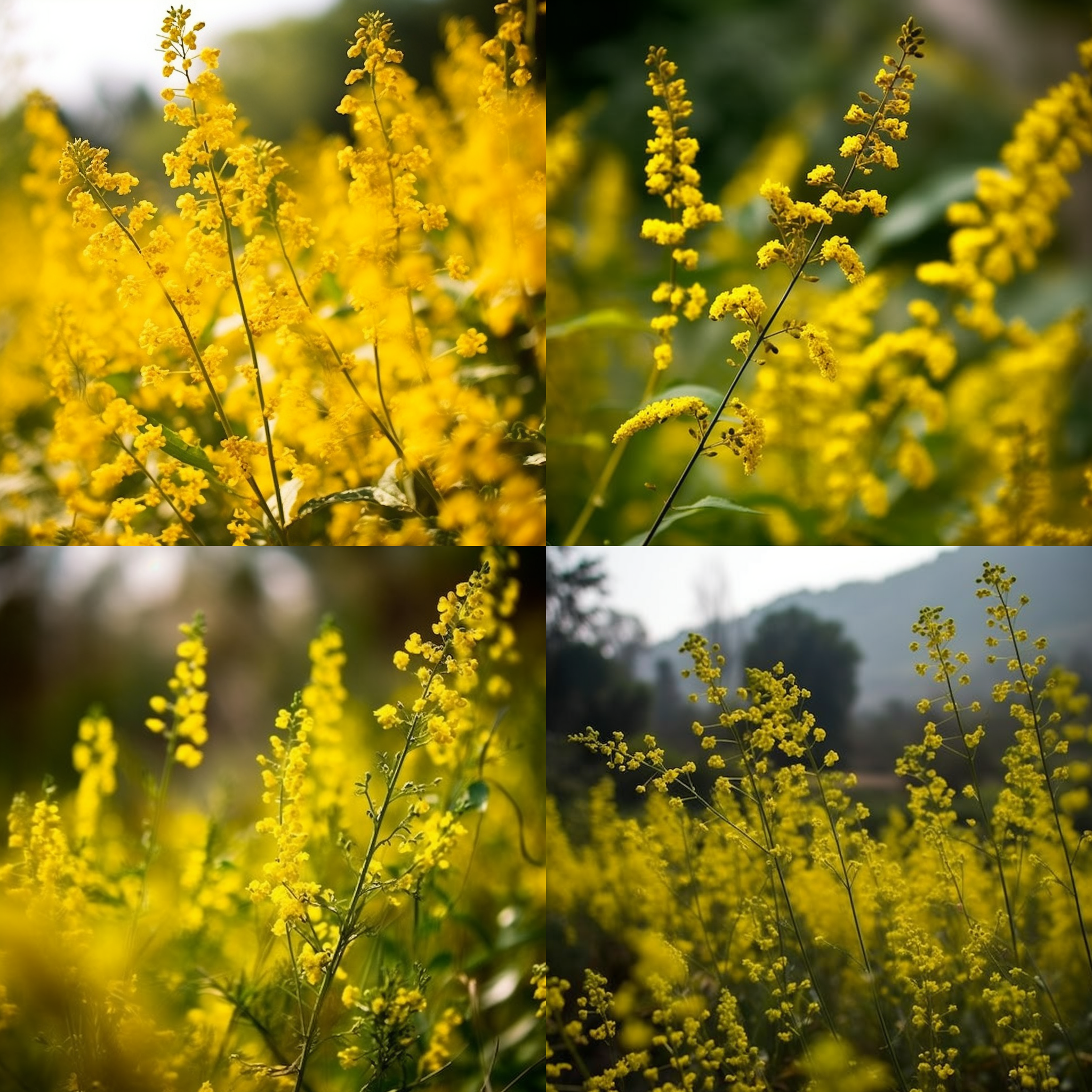Story of Day :
Contents
Mustard Plant: Complete Guide and Care Tips
Are you planning on growing mustard plants in your garden? If so, then this article is perfect for you! Mustard plants are known for their pungent flavor and aroma, making them a popular choice among gardeners. But before you start planting, here’s a complete guide to caring for mustard plants.
Types of Mustard Plants

There are three types of mustard plants:
- Black Mustard: This type of mustard plant is native to the Mediterranean region and can grow up to six feet tall.
- Brown Mustard: Brown mustard is also known as Indian mustard or Chinese mustard. It has a strong flavor and grows up to four feet tall.
- White Mustard: White mustard grows up to two feet tall and has a mild flavor. It’s commonly used in making dijon mustard.
Growing Conditions

To ensure the best growth conditions for your mustard plant, make sure they’re planted in an area that gets plenty of sunlight. The soil should be well-draining with a pH level between 6.0-7.5.
If you’re planting seeds directly into the ground, make sure that the soil temperature is at least 40°F (4°C). For optimal germination rates, keep the soil moist but not overly wet.

Care Tips
- Fertilizer: Mustard plants need plenty of nitrogen-rich fertilizer during their growth cycle.
- Pests & Diseases: Watch out for pests like aphids and spider mites, as well as diseases like clubroot and downy mildew.
- Watering: Mustard plants prefer consistently moist soil. Water them deeply once a week or more often depending on the weather conditions.
- Weeding: Keep the area around your mustard plants weed-free to prevent competition for nutrients and water.

Harvesting
You can harvest mustard greens when they’re young and tender. If you prefer a milder flavor, harvest them when they’re smaller. To achieve a spicier flavor, wait until the leaves are larger before harvesting.
You can also let your mustard plant go to seed for use in pickling or grinding into mustard seeds. When the plant produces yellow flowers, wait for the pods to dry out before harvesting.
Culinary Uses
Mustard plants have been used in cooking for thousands of years. Here are some popular culinary uses:
- Sauces & Spreads: Mustard seeds are commonly ground into condiments like dijon mustard or used whole in pickling recipes.
- Soups & Stews: The leaves of younger plants can be added to soups or stews as an alternative to spinach or kale.
- Sandwiches & Salads:The leaves of mature plants can be used raw in salads or sandwiches as a spicy garnish..
In Summary…
If you’re looking for an easy-to-grow plant with plenty of culinary uses, then look no further than the humble mustard plant! By following these care tips and growing recommendations, you can enjoy a bountiful harvest of fresh mustard greens or use the seeds to create delicious sauces and spreads.
